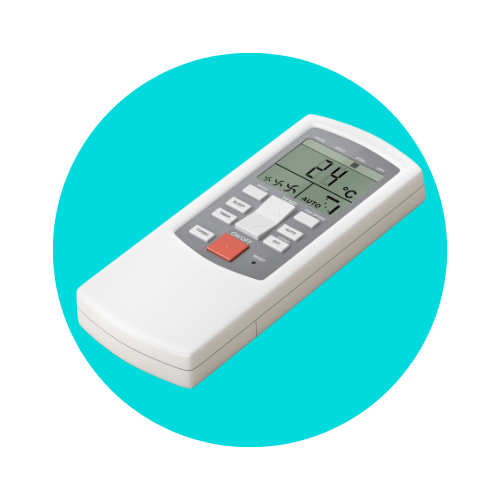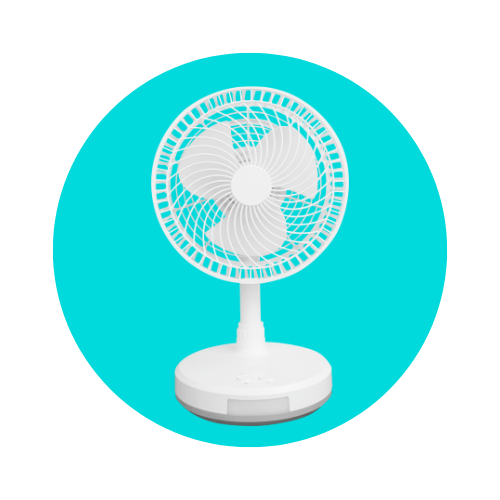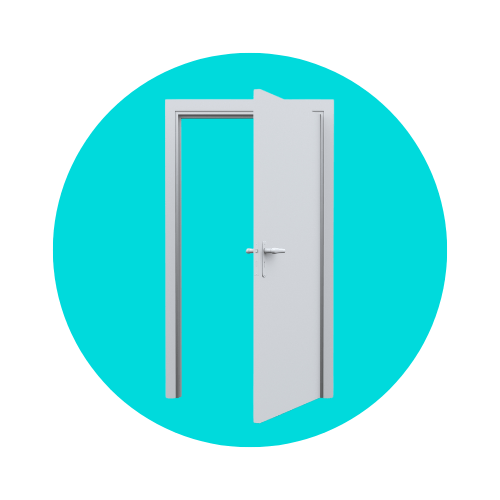10 heating habits that might be costing you
If you’re on a mission to cut back on how much power you use, looking at how you heat your home is a good place to start. It can account for about one-third of your power bill in winter. Here are 10 mistakes you might be making that could be costing you over the chilly months.

1. Using the wrong heater size
Choosing the right size of heater can cut down your power bill because it won’t be working too hard to heat the room. If you know the details of the room you want to heat, such as the wall area and what insulation there is, you can find out what size heater you need using our heater size calculator over at consumer.org.nz.
Also, be sure to get a heater with a thermostat so it turns itself off once the room is at the desired temperature.

2. Not putting in a heat pump
Plug-in heaters are about three times more expensive to operate than a heat pump, so it’s worth sucking up the cost of installing one if you’re planning not to shift for a while.

3. Cranking the heat pump too high
We get it – you wake up in the morning or get home from work in the evening and want to heat up the room fast, so you crank the temperature up to 27°C. Doing this actually costs 50% more than if you had it at 21°C so you’re better off turning up the fan speed instead. This will get the warm air circulating and cost less. Setting the timer to come on before you wake up or get home will also save you having to do any quick heating.

4. Using auto mode on your heat pump in winter
Avoid this setting because it will force the heat pump to alternate between both the heating and cooling mode to maintain the set temperature. Cooling the room if it gets too hot is going to waste a lot of energy.

5. Leaving it too long in between cleaning heat pump filters
Cleaning your heat pump filters is a satisfying job. It’s really easy to do, and the result can be instantly noticeable. We recommend doing it every three months. Just check out our heat pump cleaning video over at consumer.org.nz.

6. Not taking moisture seriously
When you dry washing inside, make steam while cooking and showering, and even just breathe, you’re putting moisture into the air. Moist air is harder to heat, so you need to try and get the humidity levels down to save on heating. A dehumidifier is the best way to do this. Heat pumps can also help with dehumidifying but can’t heat at the same time and don’t remove as much moisture as a dehumidifier. Still, if it’s all you’ve got, it’ll make a difference. Just opening your windows for at least 10 minutes each day will also let out the moist air.

7. Not making the most of the free sunshine
As soon as the sun moves away from a window in the late afternoon, close the curtains or blinds to trap in the warmth. If you leave it too late, you’ll be losing the heat through the windows.

8. Putting away the fan for winter
If you’ve got a pedestal fan you use in summer, you can also put it to use in winter. Position it next to a heater, and it’ll help spread heat around the room faster and more evenly. If you have a ceiling fan, check if you can put it in reverse so that the warm air that pools at the ceiling when you heat a room is pushed down. If you need convincing that it’s worth running an extra appliance, check out our article about how a fan can save you money over at consumer.org.nz.

9. Letting the air you’ve heated escape
If you’ve got gaps under your doors, you’ll feel a draught as the cold air comes in. You don’t need to buy a draught snake – just roll up some old towels or blankets to block the gap. You can also buy tape at hardware stores that will fill gaps around windows and doors.

10. Not putting in insulation
Insulation traps the air inside your home, making it easier and cheaper to heat. Like putting in a heat pump, it’s a big expense, but you’ll pay it off over time as you’ll pay less for power – and your home will feel much cosier. For an explainer of the options, check out the insulation buying guide over at consumer.org.nz.
As well as changing your habits, you might be able to lower your power bill by changing to a different power company or plan. In just a few minutes, you can figure out if you’re paying more than you need to using our Powerswitch calculator.

How much could you save?
With the market always changing, it pays to check often for the best deals. We compare thousands of electricity and gas plans for free. Do a quick check to see how much you could be saving.